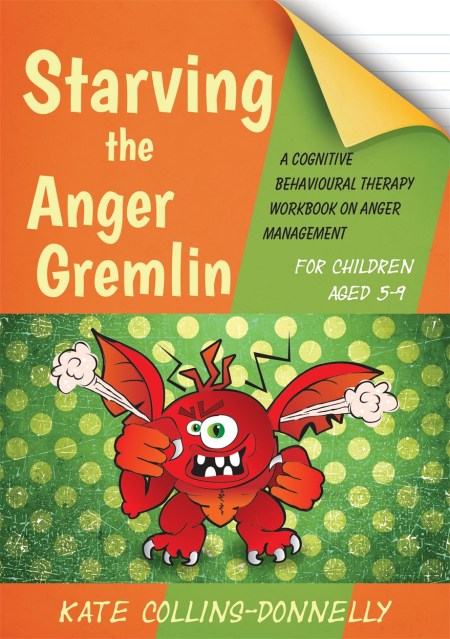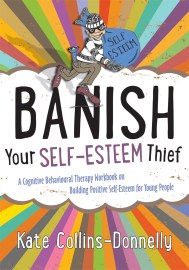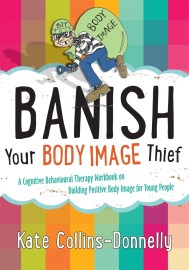Help children to understand and manage their anger with this fun and imaginative workbook.
The Anger Gremlin is a naughty creature and his favourite food is your anger! The more anger you feed him, the bigger and bigger he gets and the angrier and angrier you feel! How can you stop this? Starve the Anger Gremlin of angry thoughts, feelings and behaviours, and watch him disappear!
Based on cognitive behavioural principles, this workbook uses fun and engaging activities to teach children how to manage their anger by changing how they think and act – getting rid of their Anger Gremlins for good! Packed full of stories, puzzles, quizzes, and colouring, drawing and writing games, this is an excellent resource for parents or practitioners to use with children aged 5 to 9 years.
The Anger Gremlin is a naughty creature and his favourite food is your anger! The more anger you feed him, the bigger and bigger he gets and the angrier and angrier you feel! How can you stop this? Starve the Anger Gremlin of angry thoughts, feelings and behaviours, and watch him disappear!
Based on cognitive behavioural principles, this workbook uses fun and engaging activities to teach children how to manage their anger by changing how they think and act – getting rid of their Anger Gremlins for good! Packed full of stories, puzzles, quizzes, and colouring, drawing and writing games, this is an excellent resource for parents or practitioners to use with children aged 5 to 9 years.
Newsletter Signup
By clicking ‘Sign Up,’ I acknowledge that I have read and agree to Hachette Book Group’s Privacy Policy and Terms of Use
Reviews
Starving the Anger Gremlin for Children Aged 5-9 is a high quality programme with innovative, fun and age-appropriate materials to support young children to manage their emotions successfully. It is flexible enough to be used with groups and whole classes as well as in one-to-one sessions with children with varying levels of anger issues, including those with complex needs. I envisage schools, parents and children benefiting greatly from using this structured approach to cognitive behavioural therapy and I look forward to its use in our school. An excellent resource for every primary school!








